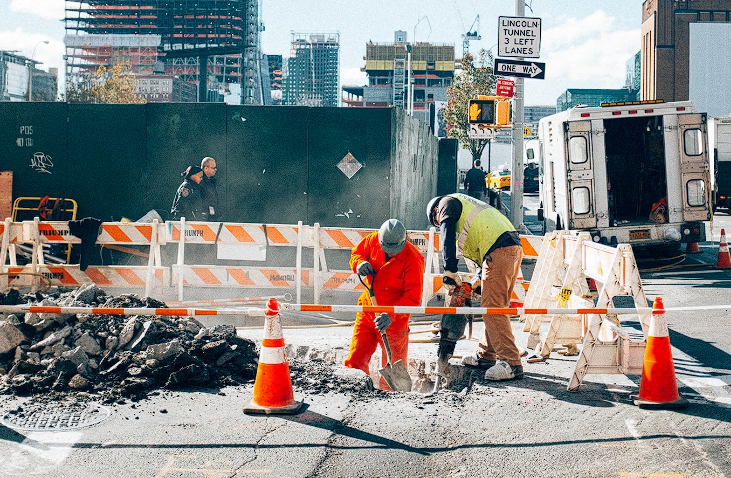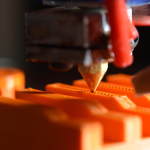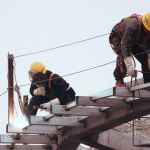The construction industry, notorious for its inherent risks, is experiencing a transformative shift in safety practices driven by technological innovations. With the integration of cutting-edge tools and solutions, technology is playing a pivotal role in creating safer working environments for construction professionals. Let’s explore how these advancements are revolutionizing construction safety.
1. Wearable Technology Enhances Worker Safety
The rise of wearable technology has significantly elevated safety standards on construction sites. Smart helmets, vests, and glasses equipped with sensors and communication capabilities provide real-time monitoring of workers’ vital signs, location, and potential exposure to hazards. This not only ensures immediate response in case of emergencies but also promotes preventive measures to avoid accidents.
2. Drones for Site Surveillance and Inspections
Drones are changing the landscape of construction site monitoring. They offer a bird’s-eye view of the entire construction area, facilitating regular inspections and surveillance. Drones can identify potential safety hazards, assess structural integrity, and monitor adherence to safety protocols, reducing the need for manual inspections in high-risk zones.
3. Building Information Modeling (BIM) Enhances Planning
BIM technology is revolutionizing the way construction projects are planned and executed. By creating digital representations of the entire building process, BIM allows for comprehensive safety assessments. This includes identifying potential risks, simulating safety scenarios, and optimizing construction workflows to minimize accidents.
4. Virtual Reality (VR) and Augmented Reality (AR) for Training
Immersive technologies like VR and AR are revolutionizing safety training programs. Construction workers can undergo realistic virtual simulations of hazardous scenarios, enabling them to practice safety protocols in a controlled environment. This hands-on training enhances preparedness and ensures that workers are well-equipped to handle real-life safety challenges.
5. Internet of Things (IoT) for Real-Time Monitoring
The Internet of Things (IoT) connects construction equipment and tools, enabling real-time monitoring of the work environment. Smart sensors on machinery can detect potential malfunctions, alerting operators and supervisors. Additionally, IoT devices worn by workers can track their movements and vital signs, ensuring a prompt response in case of accidents or health emergencies.
6. Mobile Apps for On-Site Communication and Reporting
Mobile applications are streamlining communication on construction sites. Dedicated apps allow workers to report safety concerns, access safety guidelines, and communicate with supervisors instantly. This real-time communication fosters a proactive safety culture, addressing issues promptly and preventing potential hazards.
Conclusion: A Safer Future with Tech-Driven Safety
As technology continues to advance, construction safety is poised for a revolutionary transformation. The integration of wearable tech, drones, BIM, VR, AR, IoT, and mobile apps is creating a safer working environment for construction professionals. Embracing these innovations not only mitigates risks but also ensures the well-being of the workforce, paving the way for a safer and more productive future in construction.


